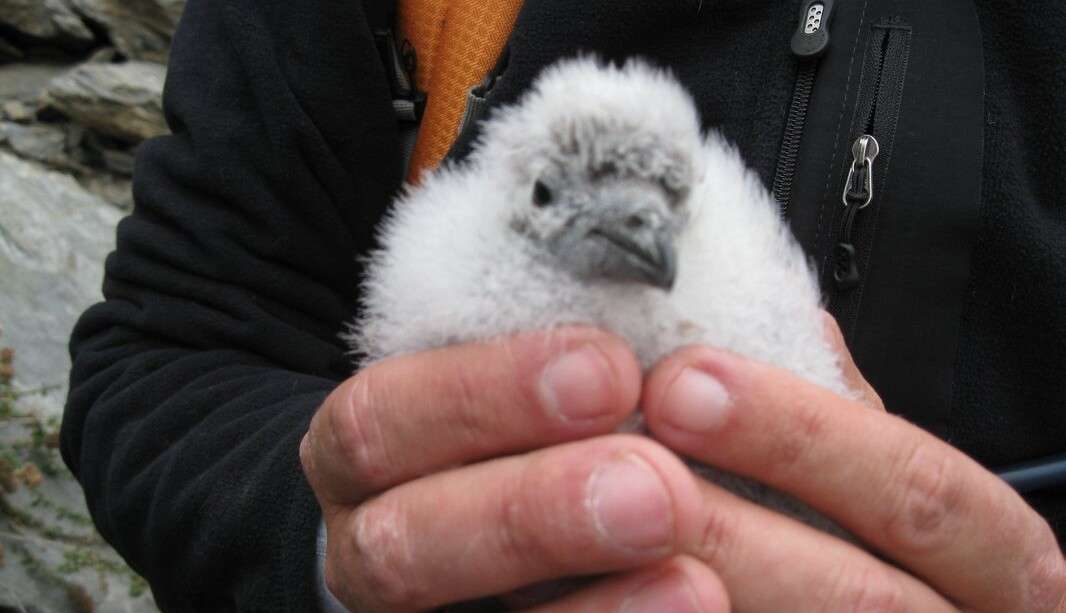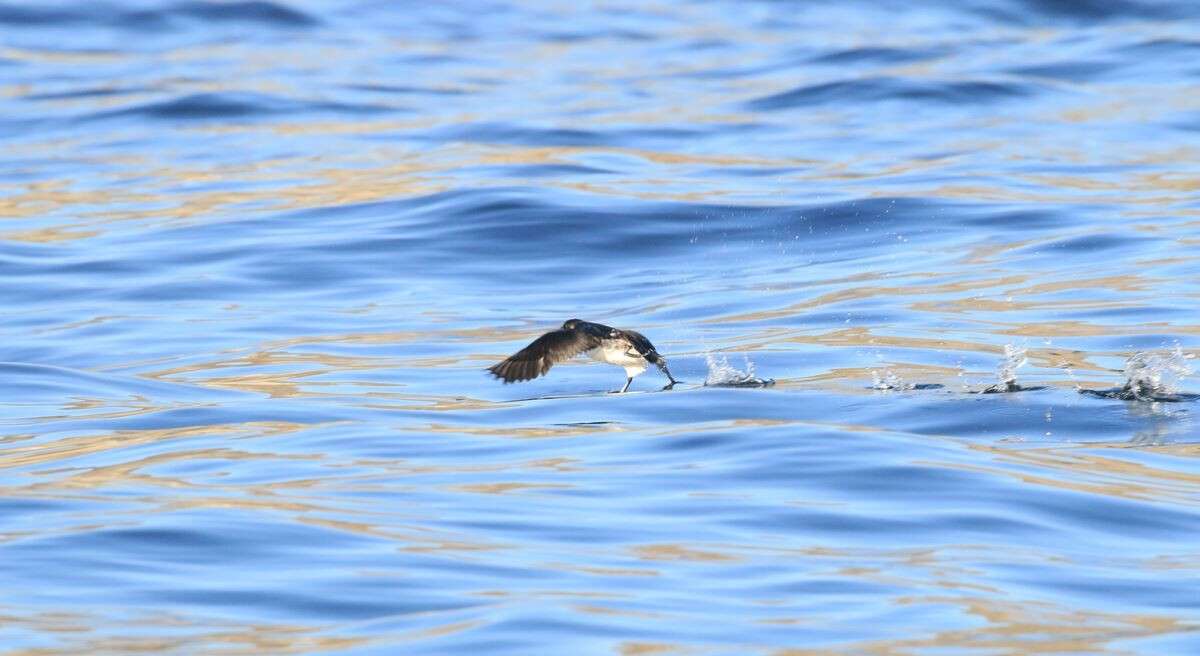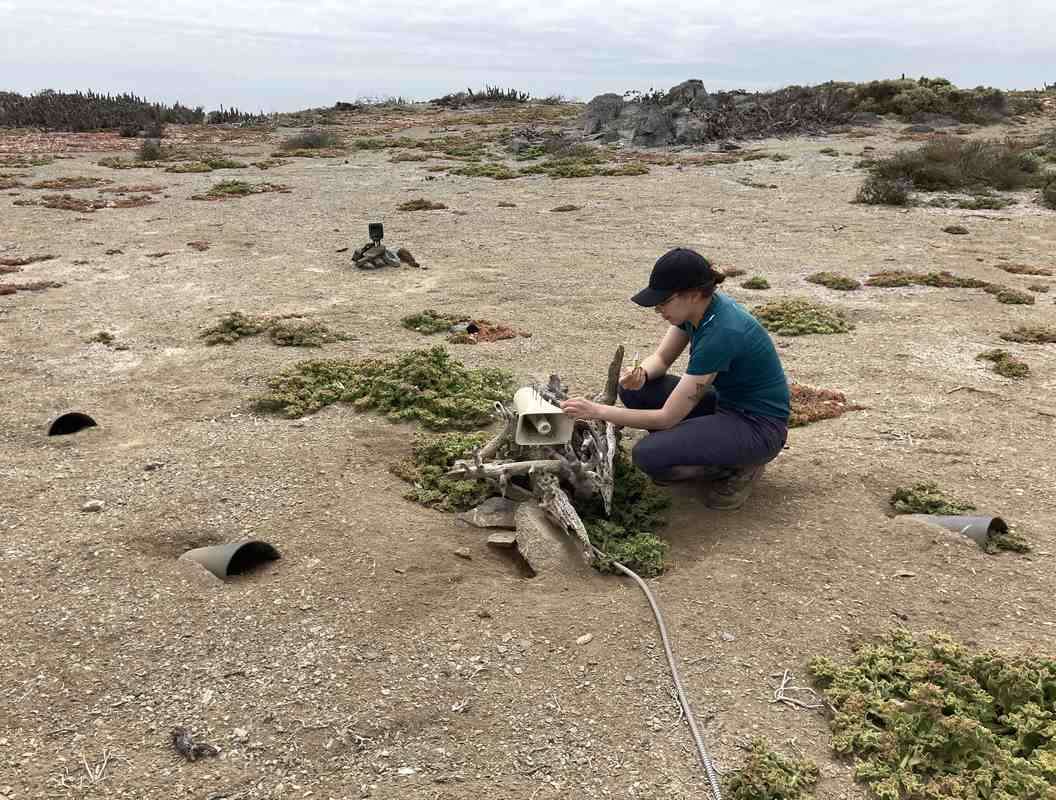Bulldog Puppy Spontaneously Regrows Part of its Jaw After it Was Removed During Cancer Surgery
Tyson's new mandible is nearly as functional as the original, though it didn't regrow with teeth or certain veins and nerves.

For the first time in over four decades, Peruvian diving petrels have four active natural nests on Chañaral Island after a dedicated conservation group cleared the island of a deadly invasive species.
This unique Chilean ecosystem has seen a resurgence in its seabird population following the successful removal of rabbits in 2017—and last year, the partners announced the first seabird chick born on the island in over 40 years.
The achievement is the result of a collaborative effort between Chile's National Forestry Corporation (CONAF), Laboratorio de Ecología y Diversidad de Aves Marinas from the Universidad Católica del Norte, and one of the most serially successful wildlife organizations on Earth—Island Conservation.
The team discovered four active natural nests, including two with chicks, one with an adult, and a fourth with a fledgling. This breakthrough offers great hope for the birds, known locally as ‘yuncos', that were classified as ‘Endangered' by the International Union for the Conservation of Nature (IUCN) just four years ago.
In addition to the rabbit removal, Island Conservation scientists also implemented social attraction tools to encourage birds to return. This included solar-powered speakers that play petrel calls, a sign to passing individuals of high-quality nesting habitat nearby.
Today, thanks to all these efforts, the Peruvian diving petrel is now classified as just ‘Near Threatened'.

"The return of seabirds to Chañaral Island is not only important for the species population, but vital to the overall ecosystem health," said Island Conservation Island Restoration Specialist María José Vilches.
"Seabirds are critical connectors between the land and the sea, fertilizing the soil with their guano and nourishing the near-shore marine environment. It is incredibly encouraging to see the petrels returning to their island home to nest."
"The success of the social attraction tools used in the restoration of the Peruvian diving petrel colonies on Chañaral Island has been supported by evidence from parallel sites without sound systems where no signs of petrels have been recorded," said Chañaral Island Park Ranger in the Humboldt Penguin National Reserve, Cristian Rivera.

"These innovations are the first of their kind on a Chilean island and demonstrate the effectiveness of this tool. Within two days of the sounds systems being implemented, petrels began arriving to explore the island."
Chañaral Island was once home to a thriving reproductive colony of Peruvian diving petrels until the introduction of invasive rabbits and foxes in the last century led to their local extinction, wiping out approximately 100,000 pairs. Invasive foxes fed on the native seabirds while invasive rabbits eroded their nesting habitat. Though invasive foxes were removed decades ago, invasive rabbits persisted, degrading the habitat and preventing the petrels from nesting.
"Once invasive species have been removed from islands, seabird populations can be—and have been—restored with remarkable success," said Island Conservation Conservation Program Science Manager Coral Wolf. "We're beginning to see this on Chañaral Island, and I can now envision a not-too-faraway future where we carry these sound systems away, when the birds don't need them anymore."
HATCH Some Gratitude on Social Media By Sharing the Fantastic Birding News…
Be the first to comment